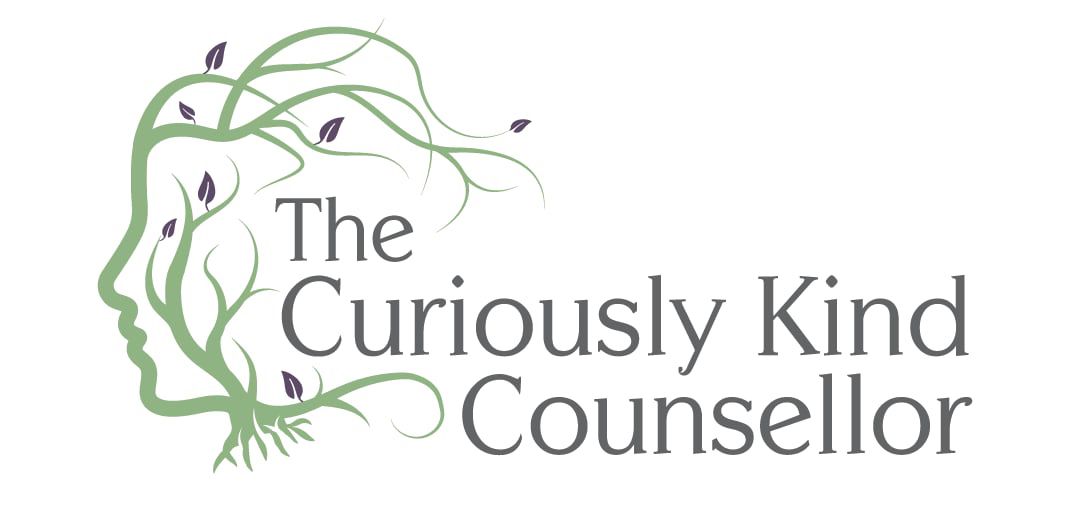Death is an inevitable part of life, yet when it touches us personally, it can feel like the ground has shifted beneath our feet. The profound sense of loss that accompanies death can throw us into an intense emotional response commonly referred to as “survival mode.” But what does it mean to be in survival mode after losing someone, and how can understanding this experience help in the grieving process?
What Is Survival Mode?
Survival mode is the body’s natural response to traumatic events, including the death of a loved one. When we experience a significant loss, our brain perceives it as a threat, triggering a flood of stress hormones like cortisol and adrenaline. These chemicals prepare our body for fight, flight, or freeze responses. Though designed to protect us in dangerous situations, this heightened state of alert can persist long after the initial shock of loss.
The Symptoms of Survival Mode After a Loss
When death occurs, the emotional and physical toll can be overwhelming. People in survival mode often experience:
- Numbness or Disconnection: A sense of detachment from reality or feeling emotionally numb is common in the wake of loss. This can be the brain’s way of protecting you from the full impact of grief.
- Difficulty Concentrating: Tasks that were once easy can feel insurmountable as your mind struggles to process the trauma of death.
- Physical Symptoms: Headaches, stomach aches, and muscle tension are physical manifestations of the stress you’re experiencing.
- Emotional Overload: Grief can heighten anxiety, irritability, and sadness, making it hard to regulate your emotions.
Understanding these symptoms as part of survival mode is essential in recognising that they are a natural response to a traumatic event like death.
Why Does Death Trigger Survival Mode?
Death shatters our sense of normalcy. Whether expected or sudden, it can disrupt our emotional and mental equilibrium, leaving us in a state of shock. Our brain instinctively goes into overdrive, trying to protect us from the unbearable pain of loss.
Survival mode is particularly pronounced when the death is unexpected or tragic. In these situations, the brain struggles to make sense of what has happened, keeping us in a state of hyper-awareness. This can be especially true for those who feel pressure to “stay strong” for others or who are dealing with additional responsibilities following the death, such as funeral arrangements or managing family matters.
How Long Does Survival Mode Last?
There’s no set timeline for how long someone might remain in survival mode after the death of a loved one. Some may experience it for a few days or weeks, while others may feel stuck in this heightened state for months or even longer. It’s important to note that while survival mode is a natural response, remaining in it for an extended period can have negative impacts on mental health, leading to prolonged grief or even post-traumatic stress.
Coping Strategies to Move Beyond Survival Mode
The journey from survival mode to healing can be slow and deeply personal. However, there are steps you can take to help manage your grief and begin the process of moving forward.
- Acknowledge Your Grief: Give yourself permission to feel. Many people try to suppress their emotions to “stay strong,” but allowing yourself to grieve is an essential part of healing.
- Prioritise Self-Care: Grieving can take a significant toll on your body and mind. Eating well, sleeping, and engaging in gentle exercise can help alleviate some of the physical symptoms of stress.
- Seek Support: You don’t have to navigate grief alone. Talking to friends, family, or a grief counsellor can provide an outlet for your emotions and help you process your loss in a healthy way.
- Establish a Routine: In survival mode, daily life can feel chaotic. Creating a simple routine can provide a sense of stability and help ground you in the present moment.
- Allow Time: Healing from the death of a loved one is not something that happens overnight. Be patient with yourself and recognise that grief doesn’t have a set timeline.
Understanding Grief in the Context of Survival Mode
While survival mode can be a natural response to death, it’s crucial to recognise when it’s preventing you from moving forward in your grief journey. If you’re feeling stuck or overwhelmed, reaching out for professional support is a positive step. Grief counsellors or joining a grief support group can provide tools to help you process your emotions and begin the healing process.
Death forces us into survival mode as we try to navigate the emotional shock and trauma of losing someone we care about. Recognising the signs of survival mode, understanding why it happens, and adopting healthy coping strategies can help you move forward on the path to healing. Grief is a deeply personal experience, and while survival mode can feel like a protective shield, it’s essential to give yourself permission to grieve fully and seek the support you need.
